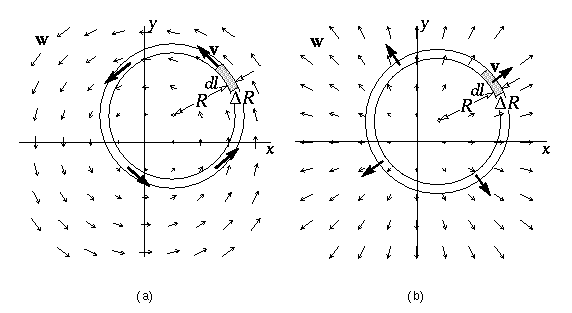Neurally-plausible position-invariant flow field detectors
We previously demonstrated that it is possible to learn
position-independent responses to rotation and dilation by filtering
rotations and dilations with different centers through an input layer
with MT-like speed and direction tuning curves and connecting them to
an MST-like layer with simple Hebbian synapses (Sereno and Sereno
1991). By analyzing an idealized version of the network with broader,
sinusoidal direction-tuning and linear speed-tuning, Kechen Zhang
showed analytically that a Hebb rule trained with arbitrary rotation,
dilation/contraction, and translation velocity fields yields units
with weight fields that are a rotation plus a dilation or contraction
field, and whose responses to a rotating or dilating/contracting disk
are exactly position-independent. Differences between the performance
of this idealized model and our original model (and real MST neurons)
are discussed.
Proof of position-invariant response to flow fields

Response elicited by a rotating (a) or dilating (b) ring in a
receptive field with circular or radial distribution of direction
selectivity is independent of the position of the ring (see Zhang,
Sereno, and Sereno, 1993).
Back to the sereno homepage
Back to the cogsci homepage

